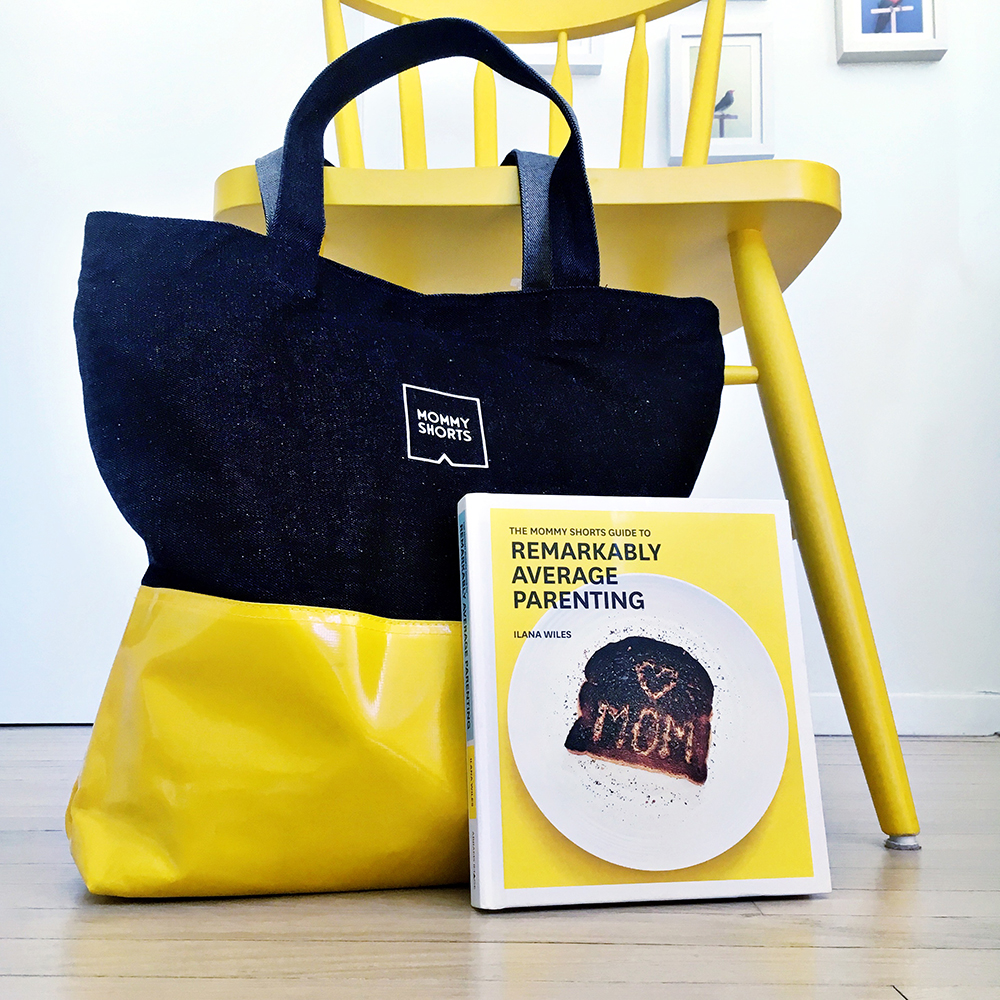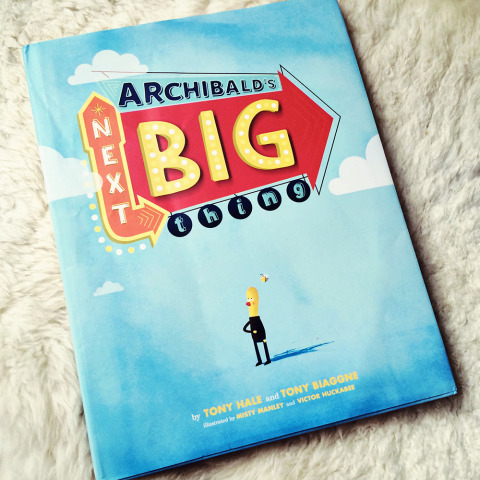Molly Dresner is a Speech Language Pathologist based in New York City who recently authored The Speech Teacher’s Handbook: A Parent’s Guide to Speech & Language. Her focus is on providing parents with fun and functional suggestions to support their child’s language development. She’s sharing ten of her favorite tips below!
If you live with a tiny friend who is having a hard time communicating – I am here to help! The following are some quick tips for parents who want to boost their little ones’ speech and language skills right at home. You can find these tips and much more in my new parent guide: The Speech Teacher’s Handbook. It is designed to provide you with fun and functional ideas that are easy to incorporate into your daily routine.
1) Check Out The Scene
Look around your child’s environment first. Are most of the toys and everyday objects that they interact with easily within reach? If so, then they don’t need to communicate with you to get these items. Start slow and put 1-2 objects on a higher shelf or in a clear container that your little one will need help opening. That way you are providing more opportunities for engagement.
2) Identify Like a Spy
Identification skills are needed when your little one is asked to find a certain object in the room, touch a specific picture on the page, or point to a particular body part. We often focus on our kids’ ability to label items and forget that the identification part comes first. These skills are super easy to practice during play and daily routines.
3) Listen Up
There are so many fun ways to practice following directions at home. My favorites are songs like, ‘We Are The Dinosaurs’ by Laurie Berkner or ‘We’re Going on a Bear Hunt’ by Michael Rosen. You can also play simple games like Simon Says or create a mini obstacle course in the backyard. The key is to boost your little one’s listening skills in a motivating way.
4) Make Time for Play
Play is the perfect time to build language because your child is already motivated and engaged. Get down and dirty and talk through the pretend world that your tiny friend created. You can narrate the scenes with short, simple phrases or expand on their utterances.
5) Up The Ante
Before our tiny friends use their words, they usually wander around pointing to different items that they want. We often give in to these requests. However, when you hand your child a cookie after he/she pointed to it, you are reinforcing that pointing to something means I get it. If you want your child to start using words or sounds along with pointing, then you’ll want to model this behavior and prompt them to imitate.
6) Give an A For Effort!
When your little one tries to imitate you – even if it doesn’t sound exactly like the model, give in. They are just learning the new rules so we want to reward any effort made on their part. The more praise we give for the efforts, the more likely they will be to continue the beautiful new behavior.
7) Hold On, Gently
Gentle withholding means holding onto an item that your child wants until they do something in order to get it. This technique works best with special treats or during play. For example, you may not push the toy car until your little one completes the phrase ‘ready, set…’ with a big “GO!”
8) Practice Imitation
I love imitation games. Always start with actions (arms up, touch tummy, etc.) until your little one is consistently successful. Sounds come next. Your child will most likely imitate silly sounds, animal sounds, environmental sounds, and exclamations before they imitate words. Slow and steady definitely wins this race!
9) Acknowledge the Seesaw Effect
Your child will learn to move and talk at the same time, which creates a seesaw effect. While they are focusing on one, the other is sure to take a backseat. They may babble less when they are learning to crawl or jabber the day away while plopped on their tushy. The same goes for walking and production of first words.
10) Slow Your Roll
As much as I wish it were true – our children do not learn language overnight. Baby steps are key to language acquisition and you know your child best so trust your gut in knowing when to take the next step.
——————-
For more practical and easy-to-follow tip and activities, follow Molly Dresner on her blog, as @thespeechteacher on Instagram, and on facebook. You can purchase a copy of The Speech Teacher’s Handbook here.

























